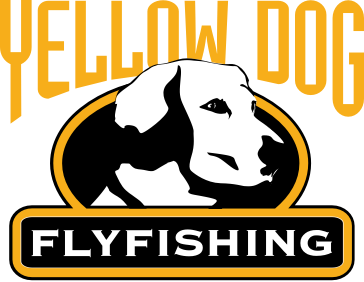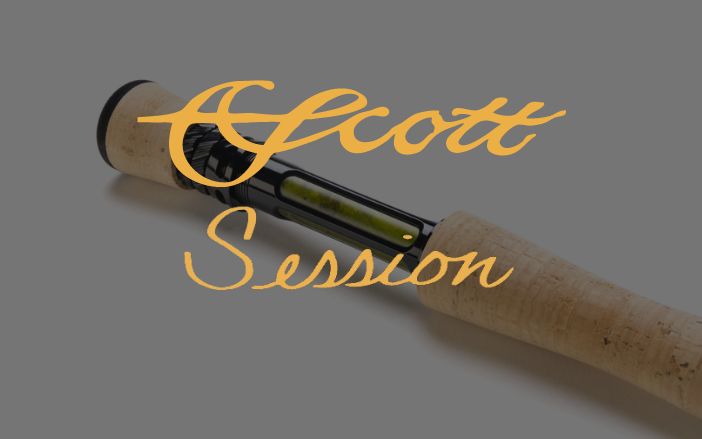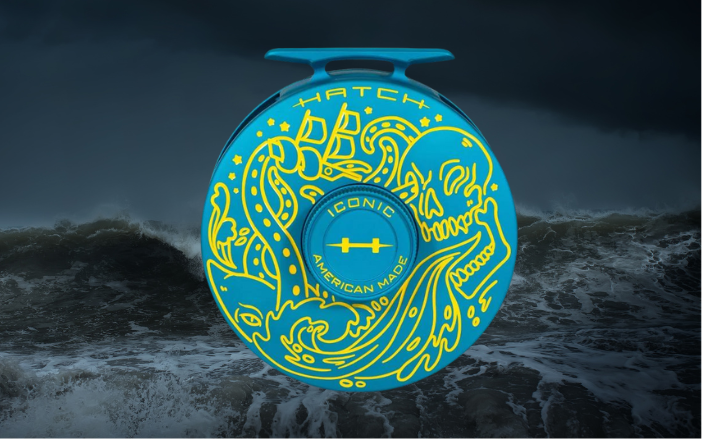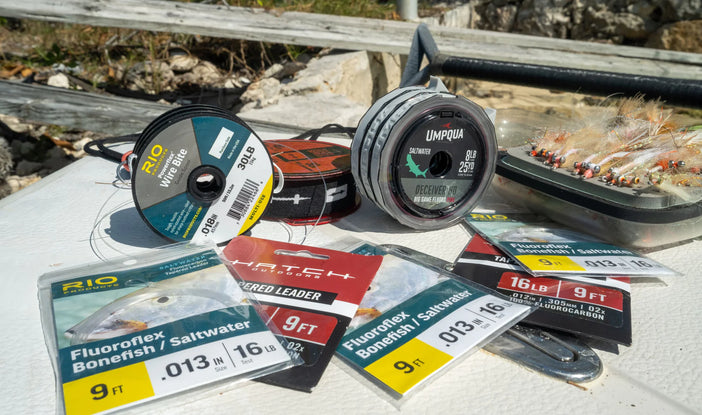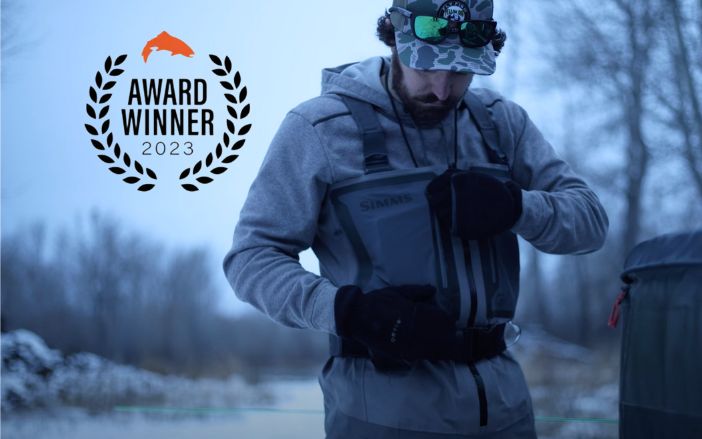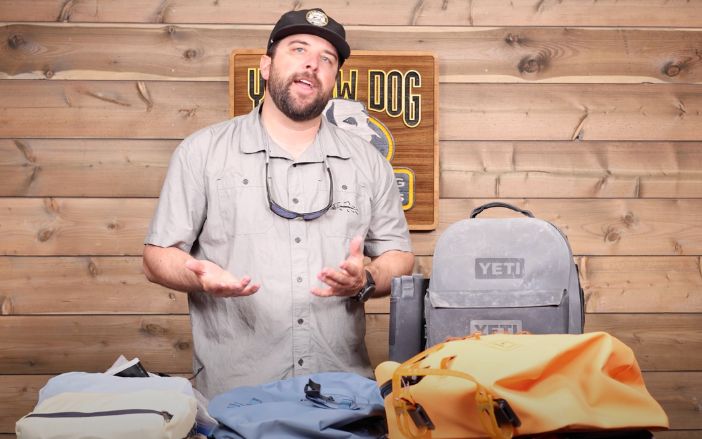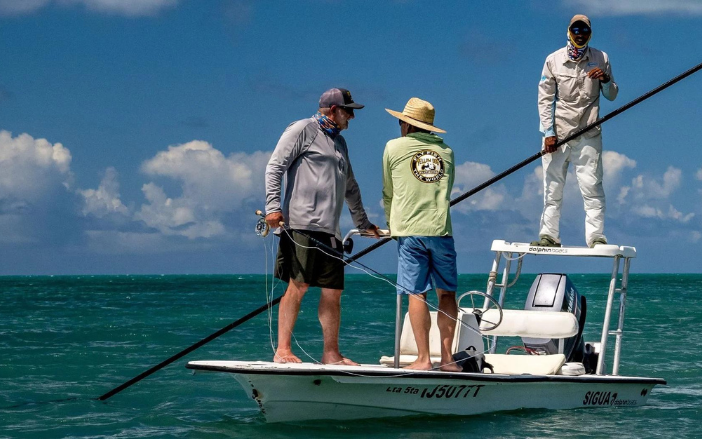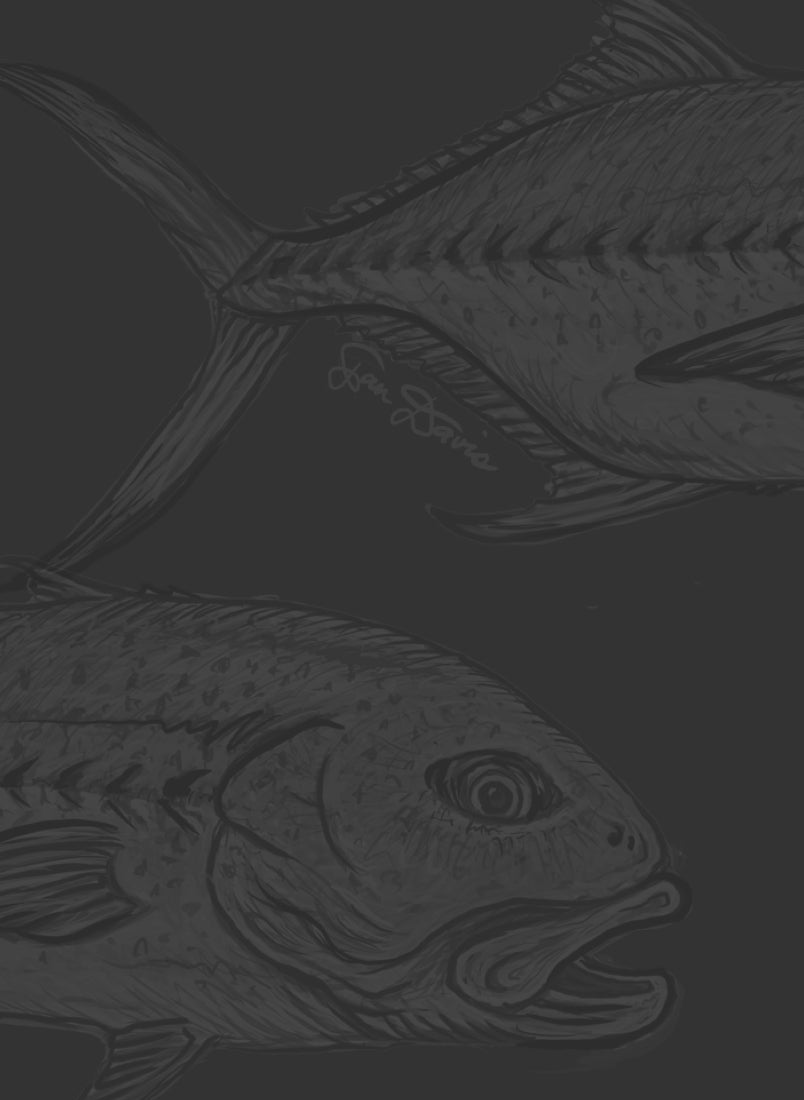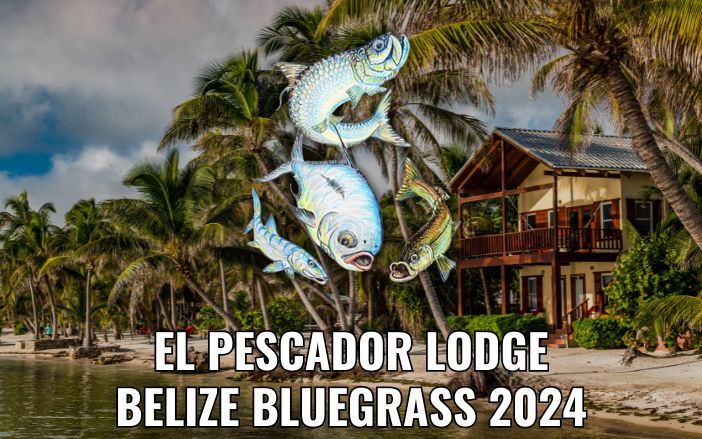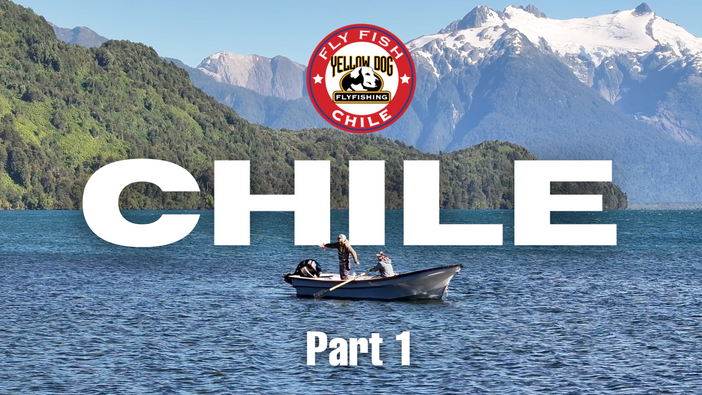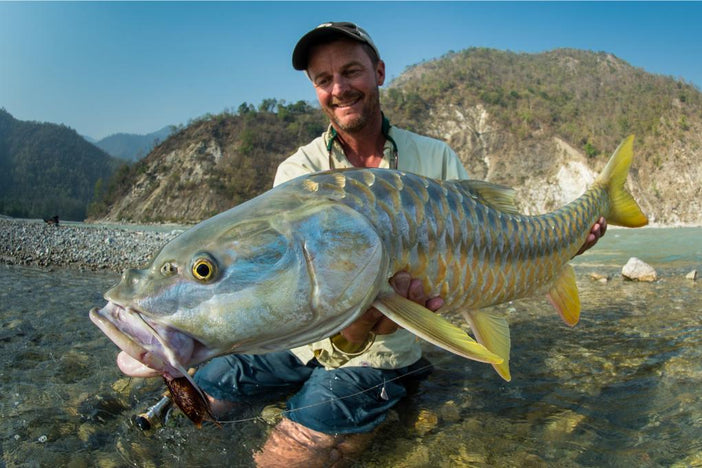There is a lifetime of ways to enjoy fly fishing in Montana: Walking the banks of a spring creek searching for risers, losing your breath as you hike into an alpine lake in search of solitude and forgiving trout, swinging heavy streamers through the fast, dirty flows of spring runoff. All of the above are integral aspects of fly fishing here, and we look forward to each and every version.
But moving away from the bank or trail and joining the flows and river froth means experiencing water in a more intimate way on its journey to the ocean. We feel fly fishing float trips combine great fishing with a variety of subtle details--an everchanging shore, a backdrop of snow-crusted peaks, a wandering bear along the riverbanks--to make this method of fishing one of the finest and most memorable.
Below you can find a variety of categories to ensure Yellow Dog tailors your trip to fit the specifications you want out of an outdoor experience. Remember, conditions are time and place-dependent, so discussing your expectations with Yellow Dog and your guide is crucial!

Wilderness Experience Float Trips
This is, hands down, one of the most popular trips in the Yellow Dog catalog. An immersive four-night, five-day fishing and camping experience on the freestone Smith River, a tributary of the Missouri River. The trip carries a group of anglers along sixty miles of remote and pristine water, stopping each night at established campsites to enjoy hearty dinners and comfortable camping conditions. Fishing remains consistent and pressure low with very little wading access and a limited number of trips permitted to float the Smith by the state of Montana.
The fishing on this trip is a dry fly fisherman's ideal adventure. The beginning of the float season generally coincides with the beginning of the fabled salmon fly hatch, one of the world's most exciting hatches. Hopper fishing is productive as the season warms up, and a single dry fly is generally all an angler needs to find success. With that said, the freestone nature of the Smith River also provides an abundance of other bug life, and prolific hatches are common throughout the season. The caddis hatches in the morning and spinner falls in the evening will have you eager to fish from sun up till sundown.
After a long day of fishing, anglers can arrive at camp, their tent already pitched, and settle in to enjoy the company of fellow anglers. This is also a great option for non-anglers who want to bring along their kids or non-angling companions and share the unfettered wilderness with them.
One of the most isolated and remote fishing experiences on offer, Glacier Anglers excels in providing anglers with a unique and impactful float experience. Our friends at Glacier Anglers have been guiding in Glacier National Park since 1976, and they offer various options depending on the adventure best for you.
Day floats are common on the Flathead River, but we recommend taking in a few days on the well-protected and pristine North and Middle Fork of the Flathead. Multi-day floats in the Middle Fork provide fantastic attractor dry fly fishing in gin-clear water, set beneath the stunning backdrop of Glacier National Park. Montana's state fish, the Westslope cutthroat trout, are abundant and hungry in this area and make quick work of large attractor dries.
After your day of floating and taking in the wondrous nature of Glacier National Park, enjoy a streamside dinner or the campfire. Rest is needed for the next day of fishing--as well as taking in the adrenaline-pumping rapids that break up the fishing day.
Alternatively, a backcountry trip into Great Bear Wilderness is an option Yellow Dog clients continue to love. A two-hour scenic hike takes guests through the beautiful Granite Creek valley. Anglers will float the upper fork of the Flathead, making camp at the end of each day, and get some much-needed rest beside one of North America's most pristine trout fisheries.
Great Bear Wilderness lies in one of conservation's greatest efforts, a corridor between the Bob Marshall Wilderness and Glacier National Park. Flora and fauna abound, making for a memorable and engaging experience. In addition, the feisty cutthroats are great for novice anglers looking to cut their teeth and gain some vital freshwater experience!

Scenic Float Trips
The longest freestone river in the Lower 48, floating the Yellowstone should be an experience everyone shares at least once. Spanning nearly seven hundred miles, the name "Yellowstone" is embedded in the lore of the West, fly fishing, and the great outdoors. The river cuts a diagonal across the entire state, providing anglers with three hundred miles of trout water along the way.
Our partners at Yellowstone Valley Lodge are well-positioned in Paradise Valley to float some of the best the Yellowstone has to offer. The advantage of fishing with Yellowstone Valley Lodge is their ability to navigate fishing conditions and have anglers on the best water possible during their stay.
The Paradise Valley portion of the Yellowstone River is considered to be the most scenic and provides incredible fishing. This area is the idyllic portrait of a Western experience, with abundant wildlife on view ranging from eagles, ospreys, moose, and grizzly bears. Below Livingston, the Yellowstone receives less pressure due to offering less scenery--however, what it lacks in scenery, it makes up for with fish. The fish here are generally larger than those found in the northern portion and can be more cooperative due to receiving less pressure.

Big Hole River
The Big Hole stretches one hundred and fifty miles and offers something for every type of angler. Streamer junkies, dry fly purists, euro-nymphing maniacs... take your pick. It also hosts both great drifting and wading angling opportunities to stretch your legs along the float. The Big Hole hosts numerous species to target, including browns, rainbows, cutthroat, brook trout, and grayling.
The North Fork of the Big Hole is the starting point for float trips down into the canyon portion. The scenery on offer is astounding, ranging from backdrops of snow-capped peaks, roaming meadows of vibrant greens and amber in autumn, to wildflower speckled banks giving way to rolling hills.
Some of the most prolific and reliable hatches occur on the Big Hole during the warmer months, ranging from salmon flies, pale morning duns, and tricos. In addition to an abundance of dry fly fishing, the river regularly produces monster trout on streamers thrown on sink tips, especially earlier in the season with water running high.
Yellow Dog works with a number of fantastic lodge operations who know the Big Hole intimately, ranging from luxury accommodations to approachable and down-to-earth lodging, we feel there is something for everyone:
Blackfoot River
The Blackfoot originates in Bob Marshall Wilderness and runs for sixty miles before feeding into the Clark Fork. Over its course, it drops an astonishing three thousand feet in elevation, granting a wide variety of angling opportunities and a variety of species to target.
The headwaters of the Blackfoot offers a real wilderness experience and is generally fished on foot for Westslope cutthroat trout. The upper and middle portions of the river transition into a brown and rainbow trout fishery in a wealth of emerald-tinted pools and runs of swirling sapphire. A variety of structures, drop-offs, and deep runs make for plentiful locations for trout to hold. This region is considered some of the most scenic fishing Montana has to offer, with impressive amounts of wildlife often on view.
Rocks and boulders throughout the Blackfoot mean most guides opt for rafts instead of drift boats. In addition, the area receives less wading pressure due to the demanding terrain. With that said, the lower portions of the Blackfoot are a popular float destination for many during the warmer months, so fishing this stretch can be less than ideal if searching for solitude.
Blackfoot River Lodging Options:

Hopper Float Trips
Beaverhead River
Compared to some of Montana's "big rivers," the Beaverhead is generally no wider than eighty feet at any point. It has a reputation for demanding anglers to be at their very best, as the river receives a fair bit of pressure--but for good reason. Trophy brown trout are common on the Beaverhead, and the variety of abundant bug life makes it a joy to fish.
As a tailwater, the Beaverhead fishes well throughout the spring months, while many other rivers are inundated by runoff. If flows are high from dam discharge, your guide can determine the ideal place to float based on flows. Wading is possible at certain points and times, but a float trip is the best approach.
The hatches of the Beaverhead draw anglers year after year, with the appeal of hooking up to trophy fish on small dry flies and hoppers too great to pass up. Given the level of pressure it receives, it demands a technical approach: long leaders, delicate and accurate presentations, and drag-free drifts. From the beginning of the angling season till the end, the Beaverhead is a technical dry fly fisherman's paradise.
In addition to Silver Bow Club and Stonefly Outfitters & Inn, Ruby Springs Lodge and Four Rivers Fishing Co are wonderful operations well-positioned to float the Beaverhead.
In addition to the Beaverhead, both the Yellowstone and the Missouri are also fantastic hopper options the summer months. The Yellowstone is infamous for its hopper fishing for willing cutthroats, and the Missouri is a well-known dry fly fishery throughout the year. While the Missouri is renowned for technical dry fly fishing and smaller flies, larger terrestrial patterns are productive during the peak of summer.

Trophy Dry Fly Float Trips
The longest flowing river in the United States, the Missouri is steeped in the history of the United States and the American West. Lewis and Clarke launched their westward expedition along the waters of the "Mo," stamping its name into the textbooks for centuries to come. However, since the introduction of dry fly fishing to Montana, the Missouri has produced some of the best dry fly floats in the United States.
Dry fly fishing beneath Holter Dam on the Missouri requires a technical approach. Given the abundance of hatches that happen spring through fall, the Missouri is a popular destination for anglers. Accurate casts, drag-free drifts, and long leaders are a must. A slick surface means sloppy casts and poorly mended lines will result in limited opportunities.
Despite the technicalities required, the hatches on the Missouri can be phenomenal. Blue-winged olives, caddis, pale morning duns, and tricos are common throughout the year. The subsurface bug life on the Missouri is renowned, and anglers looking to time the hatch should be prepared to nymph while waiting for signs of life. This approach on the Missouri is generally a far more productive means of getting fish to the net year-round, however strong hatches are known to bring droves of fish to the surface.
Missouri River Lodge Options:
The Madison could easily fall into any of these categories--scenic, abundant bug life, no shortage of fish... it is an exciting place to be. By no means does the Madison stand as just a "dry fly" fishery, as nymphing and casting streamers is a fantastic approach here. With that said, the hatches on the Madison are a spectacle to behold when conditions are right, with a steady variety on offer through the warmer months.
The salmon fly hatch on the Madison brings anglers far and wide, as there really isn't a substitute for the massive stoneflies. Floating the Madison with a single salmon fly imitation or a dry-dropper setup can be both productive and entertaining, with fish gorging on the short supply of big bugs.
Steady hatches of caddis and pale morning duns occur throughout the spring and transition into the stoneflies. Blue-winged olive hatches are common throughout the fall, occasionally blanketing sections of the river, calling every trout to look upward.
While the Madison is possible to wade, it isn't always the best option given flow rates and plenty of boulders throughout the river. An experienced guide with any of our lodge partners near the Madison are adept at navigating one of our favorite rivers, including Gallatin River Lodge, Madison Double R, and Madison Valley Ranch.

Trophy Streamer Float Trips
Jefferson River
The "Jeff" is formed at the convergence of the Big Hole and Beaverhead and one of three rivers that go on to form the "Mighty Mo." Over the years, it has slowly repaired its reputation as a fantastic trout fishery after poor irrigation practices saw its water levels decline. With a set of regulations in place, the Jefferson is under better management; however, the warmest months see low flows and a higher water temperature.
A plethora of undercut banks, long runs, and deep riffles in this section hold some lurking, large trout. While targeting them with dry flies is a lot of fun, the fewer overall numbers of fish but large proportion of trophy browns make streamers very effective. The key to fishing the Jefferson is covering water, so naturally, streamer fishing is a great option for both working stretches of the river and targeting larger fish.
The Yellowstone, Madison, and Big Hole are other well-known streamer fisheries, although we recommend utilizing streamers when conditions call for it. To learn more, check out our ultimate guide to streamer fishing to ensure you are up to speed!
Jefferson River Lodging Options:

High Fish Count Float Trips
The Madison and Missouri can be included on the list for high fish counts, although anglers should generally focus on nymphing on the Mo if looking for quantity over quality.
The Bighorn is well known for consistently delivering hefty fish counts, with estimates ranging from 3,000 to 5,000 fish per mile. In addition to fish, the scenery on offer across the Bighorn showcases the vastness and diversity of the Montana landscape.
Nymphing on the Bighorn usually produces a better yield, although hatches can be quite common. Midges, BWOs, caddis, yellow sallies, tricos, and the occasional golden stone hatch are all a part of the fishing season. The steady flow of cold water beneath the Yellowtail Dam means favorable conditions for bug life, allowing fish to grow steadily and without too much competition for resources. A double-nymph rig works well on the Bighorn, and given the variety of bug life on offer, anglers can utilize more general fly patterns such as pheasant tails and Pat's rubber legs. However, overcast conditions can bring on great hatches and can make for some fantastic dry fly fishing.
Fish average in the fourteen to fifteen-inch range, but larger fish are common. On the lower stretches of the Bighorn, anglers looking for larger fish can target trophy browns who are better equipped to handle slower and warmer water conditions. Fewer but larger fish are the target here--until temperatures peak and fish are forced to search out cooler conditions.
Bighorn Angler and Bighorn River Lodge are both perfectly situated to take advantage of the high fish counts here!
The Clark Fork stretches two hundred and eighty miles--one of the longest in Montana. The headwaters of the Clark Fork are more of a wade-friendly option and has some great fish counts depending on where anglers access the river. There are estimates of upwards of 1,500 fish per mile at times.
Once multiple waterways join the Clark Fork, the fishing conditions improve further. Float trips from Clinton down to Thompson Falls offer wonderful fishing as the river grows in stature. Dependable and large hatches are common, with a spectacular salmon fly hatch in the late spring. As summer conditions set in, green and brown drakes are common, making for a smooth transition from the salmon fly hatch into big mayfly imitations. As the drakes subside, hopper fishing picks up until cooler weather arrives.
Once anglers reach Missoula, an influx of recreational river goers gets in the way of peaceful fishing; however, your guide will know where to fish, given conditions and river traffic. Both Missoula River Lodge and North Fork Crossing Lodge are well-positioned to fish the Clark Fork, Bitterroot, Missouri, and the Blackfoot.

If you're planning a trip to Montana, take this advice and use it as a guiding tool, not a fast and rigid approach. Discussing your options with a member of the Yellow Dog team will ensure you arrive at the perfect destination for you. In addition, make sure to discuss your fishing preferences with Yellow Dog and your guide to ensure your trip is the best it can be. Montana is one of the finest fly fishing destinations on planet Earth, so there is little room for making a bad choice. Give us a call to discuss your options, as no one has ever regretted a life of adventure.
Get Prepared For Your Next Montana Trip
+ Shop Our U.S. Rockies Trout Equipment List
+ Shop Our Montana Fly Assortment
Related Articles:
